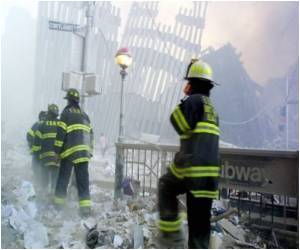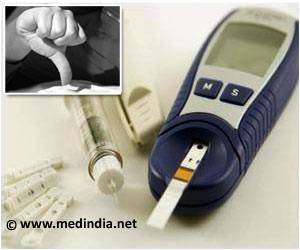Small time business employees can be less likely to keep their cancer screening appointments found a new study published in Preventive Medicine

Cancer screening //patterns according to occupation characteristics in the United States are not well known, but could be used to help inform cancer control efforts.
TOP INSIGHT
People in food service, construction, production, and sales occupations were 13-26%, 17-28% and 9-30% less likely to be up to date with cervical, breast, and colorectal cancer screening
Investigators led by Stacey Fedewa, Ph.D. at the American Cancer Society examined screening rates for cervical, breast, and colorectal cancer by occupational characteristics in 2010, 2013 and 2015 using National Health Interview Surveys (NHIS) among eligible US workers.
Results:
Cervical, breast and colorectal cancer screening prevalence among US workers was 84.0%, 68.9%, and 56.8%, respectively.
Screening rates were lower among workers in small (< 25 employees) compared to large organizations (? 500 employees). People in food service, construction, production, and sales occupations were 13-26%, 17-28% and 9-30% less likely to be up to date with cervical, breast, and colorectal cancer screening, respectively,
compared to healthcare professionals. After adjusting for socioeconomic factors and insurance status, most of the difference was eliminated.
Conclusion:
Disparities in cancer screening by occupational characteristics were mostly attributed to lower socioeconomic status and lack of insurance.
The findings underscore the need for innovative public health strategies to improve cancer screening in vulnerable populations.
 MEDINDIA
MEDINDIA




 Email
Email








